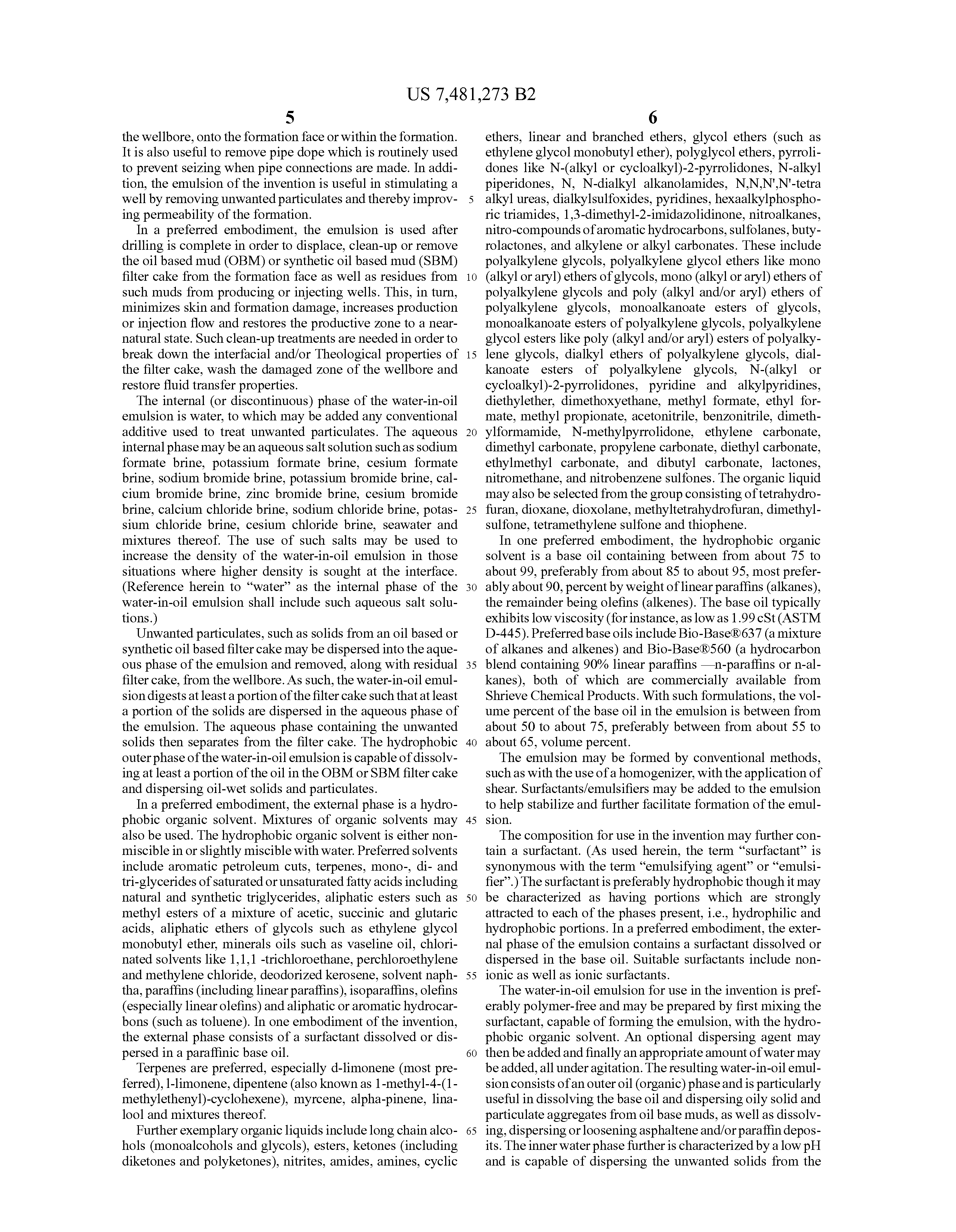

(2) Emulsion of water in oil Disperse phase is water and the dispersion medium is oil. For example, milk consists of liquid fat particles dispersed in water. Soluble oils are typically general-purpose products that offer both cooling and lubricating properties. (1) Emulsion of oil in water Disperse phase is oil. Oil-concentrate emulsions are called soluble oils. Among the most common solids that stabilize emulsions are iron sulfide, paraffin, sand, silt, clay, asphalt, scale, and corrosion products.Įmulsions are typically treated using mutual solvents. Wateroil emulsions for abrasive machining can be classified into three subgroups, namely, oil-concentrate, semisynthetic, and synthetic emulsions. Which type of solution is mixture of oil and water Solution is a homogeneous mixture of two or more components. In some cases multiple emulsions such as water in oil in water (W/O/W) or oil in water in oil (O/W/O) can be found. In general, emulsions are stabilized by surfactants. Using Surfactants In this industry, we use surfactants to create emulsions. For example, simple oil in vinegar salad dressings will separate rapidly without the use of an emulsifier like mustard. Natural surfactants, created by bacteria or during the oil generation process, can be found in many waters and crude oils, while artificial surfactants are part of many drilling, completion, or stimulation fluids. Rather than just diluting the lipophilic fragrance into an oily perfumery solvent, the proposed strategy is the encapsulation of the fragrance in an emulsion. Examples of oil-in-water emulsions include: mayonnaise and Hollandaise sauce (featuring egg yolk lecithin as the emulsifier), homogenized whole milk, and our vinaigrette dressing (described above). Oil-water emulsions are fine dispersions of oil in water (O/W) or of water in oil (W/O), with drop sizes usually in the micron range (61, 62). An emulsifier or combination of emulsifiers is needed to stabilize droplets of the dispersed phase. However, some natural and artificial stabilizing agents, such as surfactants and small particle solids, keep fluids emulsified. Most emulsions break easily when the source of the mixing energy is removed. Emulsions are normally found in gravel packs and perforations, or inside the formation. Acidizing might change the pH from 6 or 7 to less than 4. In a water-in-oil emulsion, the roles are switched. Emulsions can form when fluid filtrates or injected fluids and reservoir fluids (for example oil or brine) mix, or when the pH of the producing fluid changes, such as after an acidizing treatment. When an emulsion is oil-in-water, oil is the dispersed phase that is distributed into the continuous phase, water.
#AN EXAMPLE OF AN OIL IN WATER EMULSION IS SKIN#
Many skin care products are also examples of emulsions.A type of damage in which there is a combination of two or more immiscible fluids, including gas, that will not separate into individual components. In addition to mayonnaise, margarine and milk are two emulsions.

In egg yolks, for example, there is a natural emulsifier called lecithin which is useful when making mayonnaise which is an oil in water emulsion.Īn emulsifier which hopefully does not appear in food, but which is nonetheless functional, is detergent. If you add a few drops to the mixture of cooking oil and water and stir, you will notice that it continues to be an emulsion for much longer. Emulsions are common in cooking and everyday products. Oil in the water emulsion in our example will not remain an emulsion for very long. After only a few seconds, the oil droplets clump together to form a layer over the water. Then we no longer have a mixture but two separate substances. In order for an emulsion to remain an emulsion, emulsifiers are often used , a concept that you have probably seen on different food packaging. The emulsifiers are used to give the right consistency to the food they are used in. In order for an emulsion to occur, the substances contained in it must be insoluble in each other. Thus, ethanol and water which are infinitely soluble in each other cannot form an emulsion. If you try to mix some cooking oil and water by whisking the mixture for a good while you will notice that the cooking oil divides into small oil droplets, which makes the mixture cloudy. A mixture containing small droplets of one liquid in another liquid is called emulsion . An emulsion is a type of heterogeneous mixture, since it is still possible to distinguish the various substances (in this case, the oil and water).


 0 kommentar(er)
0 kommentar(er)
